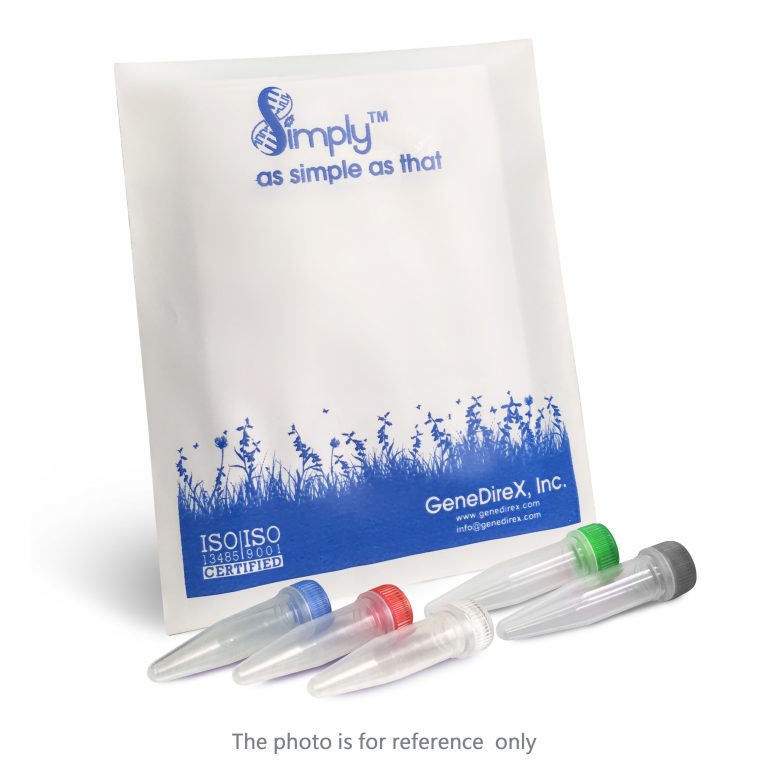Item code: SM601-0100
Size: 100 Reactions
Features
- 5’→3’ DNA polymerase activity
- 3’→5’ exonuclease (proofreading) activity.
- High reaction rate: 10 seconds/kb.
- High fidelity: 70 times higher than Taq polymerase.
- Generates blunt end amplicon.
Kit Contents
| Contents |
Size |
| GDP-HiFi DNA Polymerase (1 U/μl) |
100 μl |
| 10X GDP-HiFi PCR buffer |
1 ml |
| 25 mM Magnesium Sulfate |
1 ml |
| dNTP Mix (2mM each) |
1 ml |
| DMSO |
1 ml |
GDP-HiFi is a new recombinant enzyme with genetic modification for its amino acid sequence, which results 70 times better fidelity than Taq DNA polymerase and an extremely fast elongation rate (as fast as 15 seconds per kilo base, kb). GDP-HiFi has higher stability at high temperature, and this property makes GDP-HiFi perform very well for GC-rich PCR. Being highly thermo-stable, GDP-HiFi DNA Polymerase can remain viable even after being subjected to boiling for 2 minutes. This special enzyme has been modified genetically and needs less concentration of magnesium than other polymerases. The suggestion for magnesium ion in the reaction is 0.8 to 1.2 mM. 10X GDP-HiFi PCR buffer contains no magnesium. A tube of 25 mM MgSO4 is provided. Further optimization can be achieved for different targets of DNAs. Reagents are provided for 100 PCR reactions of 50 μl each.
Applications
- Clinical diagnosis.
- Knockout analysis.
Quality Control
The quality of the GDP-HiFi DNA Polymerase is tested on a lot-to-lot basis to ensure consistent product quality.

High Productivity
Marker: GeneDirex 100bp DNA Ladder.
PCR: 100, 300, 600, 700, 900, 950, 965 bp form E.coli genomic DNA.
35 cycles; 50 ul / each reaction; loading 3 ul for each lane.

Good for High GC template
Marker: GeneDirex 1 Kb DNA Ladder.
PCR: ~5 kb in group A and group B (Both are photosynthetic bacteria) Each group has five samples for annealing gradients test: 59, 60, 61, 62, 63.
group A: Rhodobacter capsulatus genomic DNA (High GC Region, GC = 70%)
group B: Rhodobacter sphaeroides genomic DNA (High GC Region, GC = 72%)
After TA cloning, the PCR products have been sequence checked for two directions,
and not any mutation has been found!

 SingaporeSG
SingaporeSG ChinaCN
ChinaCN MalaysiaMY
MalaysiaMY IndonesiaID
IndonesiaID MyanmarMM
MyanmarMM



